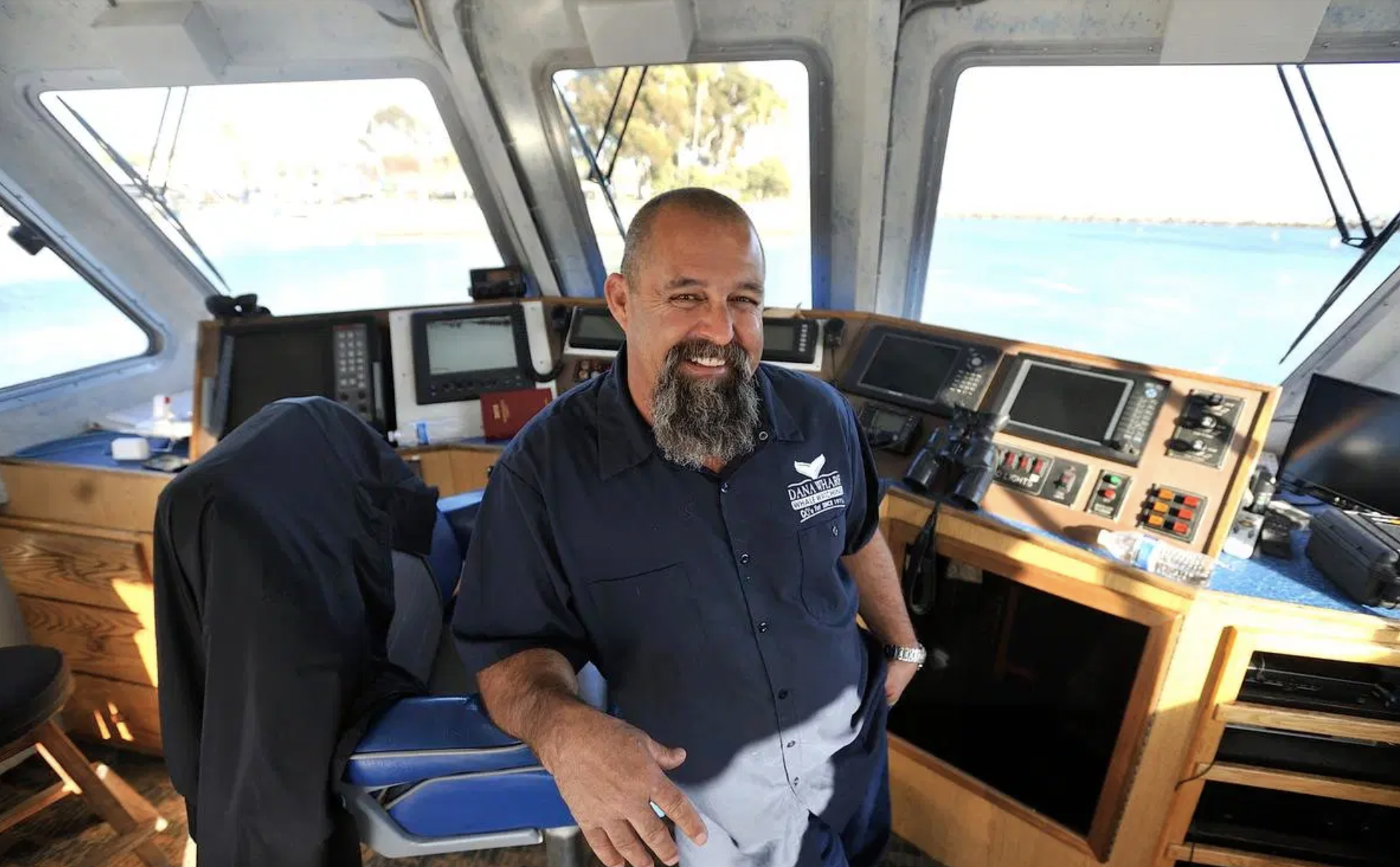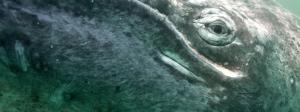The Great Gray Whale Migration

The Great Gray Whale Migration
By Captain Todd Mansur
Imagine what life would be like traveling from the Bering and Chukchi Seas all the way to Baja Mexico, and sometimes adding a few miles if you decided to start a little bit further north at The North Pole because the food was better? That’s clocking in 5,000 to 7,000 miles one way all to enjoy a warm swim in the Mexican lagoons where they will continue mating, calving, nursing, and socializing.
It’s an amazing concept if you think about the life of the official California Marine Mammal, the California Gray Whale as it migrates from the north to the south and back again enduring the many hurdles of boats, predators, and massive weight loss and fasting of these majestic creatures.
Gray Whales have a different body shape than those of rorqual whales, such as the Blue, Humpback, and Minke Whales in the way that they eat and travel. It’s almost like comparing a hybrid to a gas-guzzling vehicle averaging a loss of one gallon of fatty lipids for every 16 miles traveled. The Gray Whale’s shape and lack of multiple ventral grooves does not allow them to pull in large amounts of water like the Humpback or Blue Whale when feeding. The Gray Whale is different in how they get their food as bottom feeders, they focus on amphipods-small shrimp like organisms that live in the mud, as well as mollusks and tube worms. They get fat and happy creating large reserves of fatty lipids in the Bering Sea as they can’t eat and travel as they make their migration along the coast to their final destination of Baja Mexico.
Gray Whale’s are recognized in appearance by barnacles and whale lice and gray and white freckled modeling skin, lumpy back, heart shaped spout, and absent dorsal fin. They are unique in how they grow their population while mating during their travel. The female ovulates first in November giving opportunity for conception during her south bound migration and if unsuccessful 40 days later which is her second and last ovulation of the year which would have her mating in the lagoons. 50 percent of Gray Whales will be born north of Los Angeles with gestation of 12-13 months along with their annual migration.
That is why we see numerous calves traveling southbound in waters off of Southern California. The average calf will nurse 6-8 months with fatty lactation being the most important in the first 5-6 weeks creating the build up of blubber and fat protein to keep them warm as it is the hardest thing for them to thermal regulate in their migration back to the cold water temperature the Bering Sea as well as give them energy and strength to travel the 5,000 mile trip to the Bering Sea with their mother. A calf averages 12 feet long at birth and will grow at rate of 2 pounds an hour gaining up to 48 pounds a day. Average calf leaving the lagoons with its mother will be 18 feet long.
I think that people forget how unique the Gray Whale is and that we are pretty darn lucky here in Southern California that we are able to experience these “friendly whales” as they migrate from November to April along our coastline and peaking in our backyard off the coast of Dana Point in February and March. Dana Point is a landmark for whale sightings due to it’s weather, underwater canyons, shallow waters, large kelp beds, and the close proximity of continental shelf; which creates the “perfect navigational highway” allowing us t to have close accessibility to see the gray whale in its natural state. Their migration is different than any other in how they travel close to our shore adding 3500 extra miles to the already long adventure.
In California we have judicial guidelines to keep these beloved creatures not at risk and that we honor their space with a safe distance just like you would a FIRE ENGINE with its lights and sirens on…PULL OVER, and create space behind and do not cross paths intentionally in order to protect them. They were once hunted near extinction in the mid 1800’s and once again in the 1900’s. They became over hunted in Southern California and Mexico and were once called the “devil’s fish” as they became aggressive once they knew they were in unfriendly waters during the whaling period. The history of how they were hunted is not a history we want to repeat as it is one of the natural wonders of the world to see the way the mothers and calves interact in the Mexican Lagoons as they allow us to touch and kiss their young, living up to the name “friendly whales.” Come wave hi to them aboard a Whale and Dolphin Watching Adventure with Dana Wharf Whale Watching, as they play along our shores here in Dana Point, California. The Dolphin and Whale Capital of the World ®
Bio info: Captain Todd Mansur has had a career on the ocean for the past 32 years with Dana Wharf Whale Watching. Through a variety of experiences he has had the opportunity to observe hundreds of marine species, both fish and mammals. Through He is the Director of Marine Mammal Education Programs, A Certified Marine Naturalist, American Cetacean Society, and Board of Directors, Gray Whale Foundation. For more information: www.danawharf.com and https://graywhalefoundation.org/

